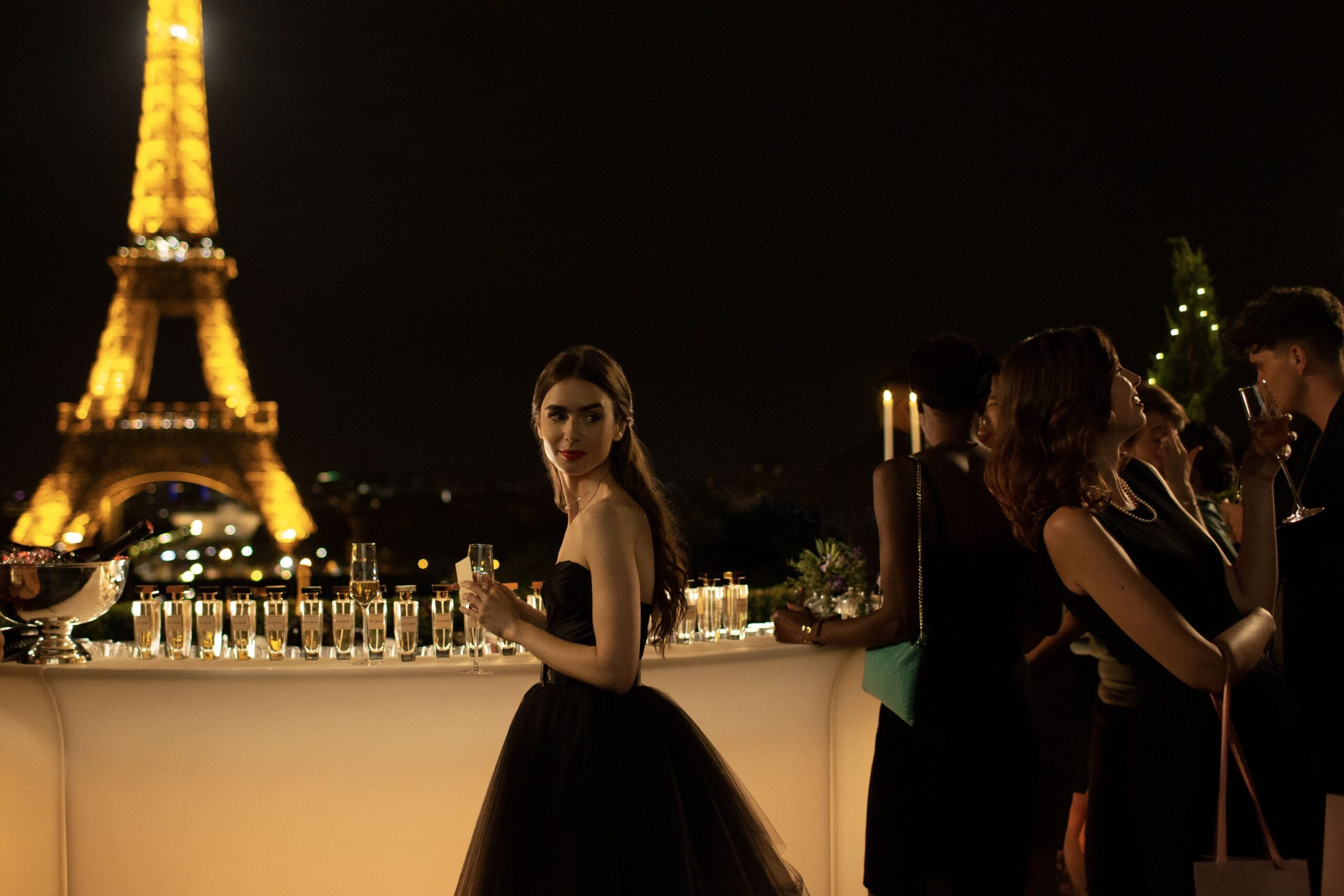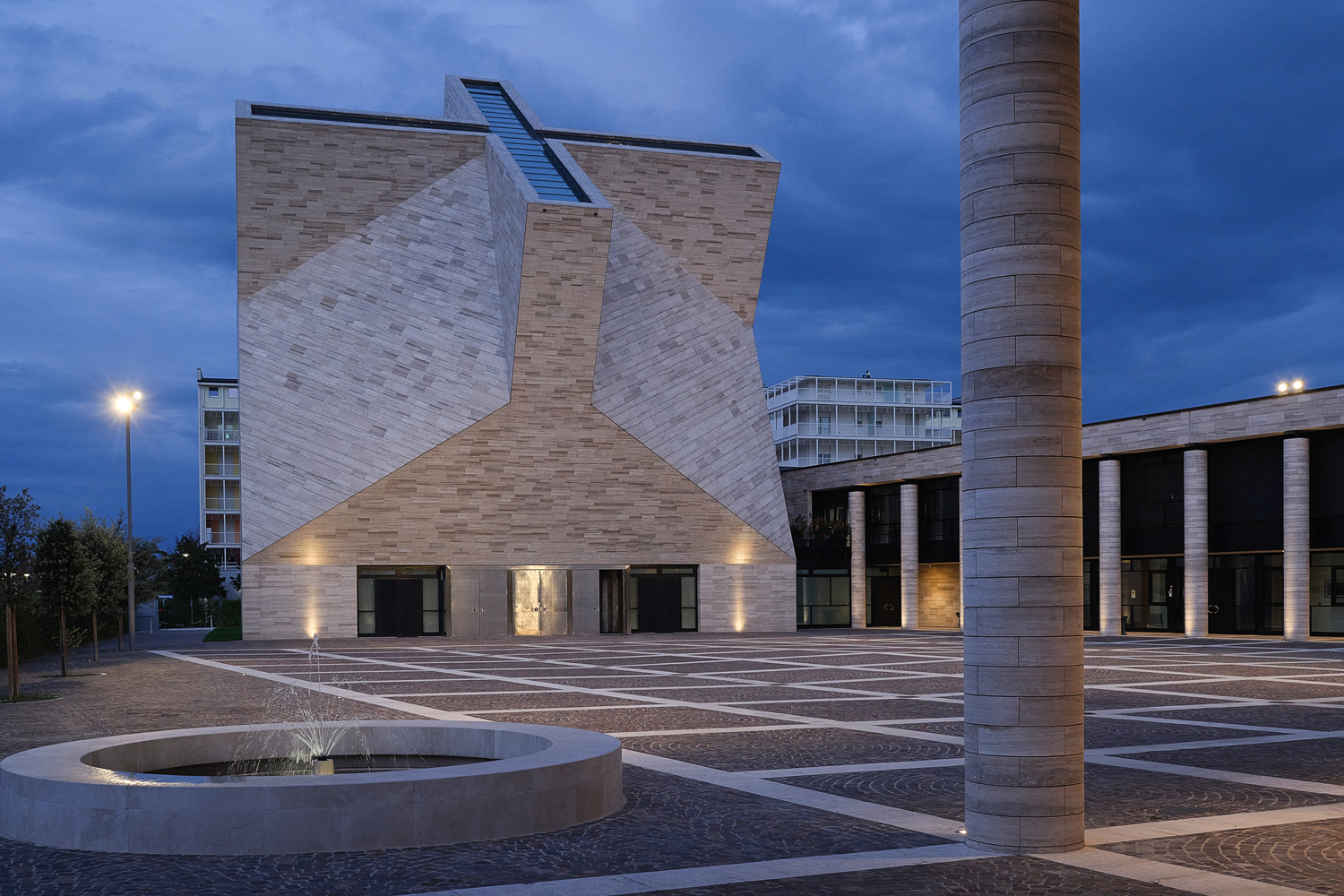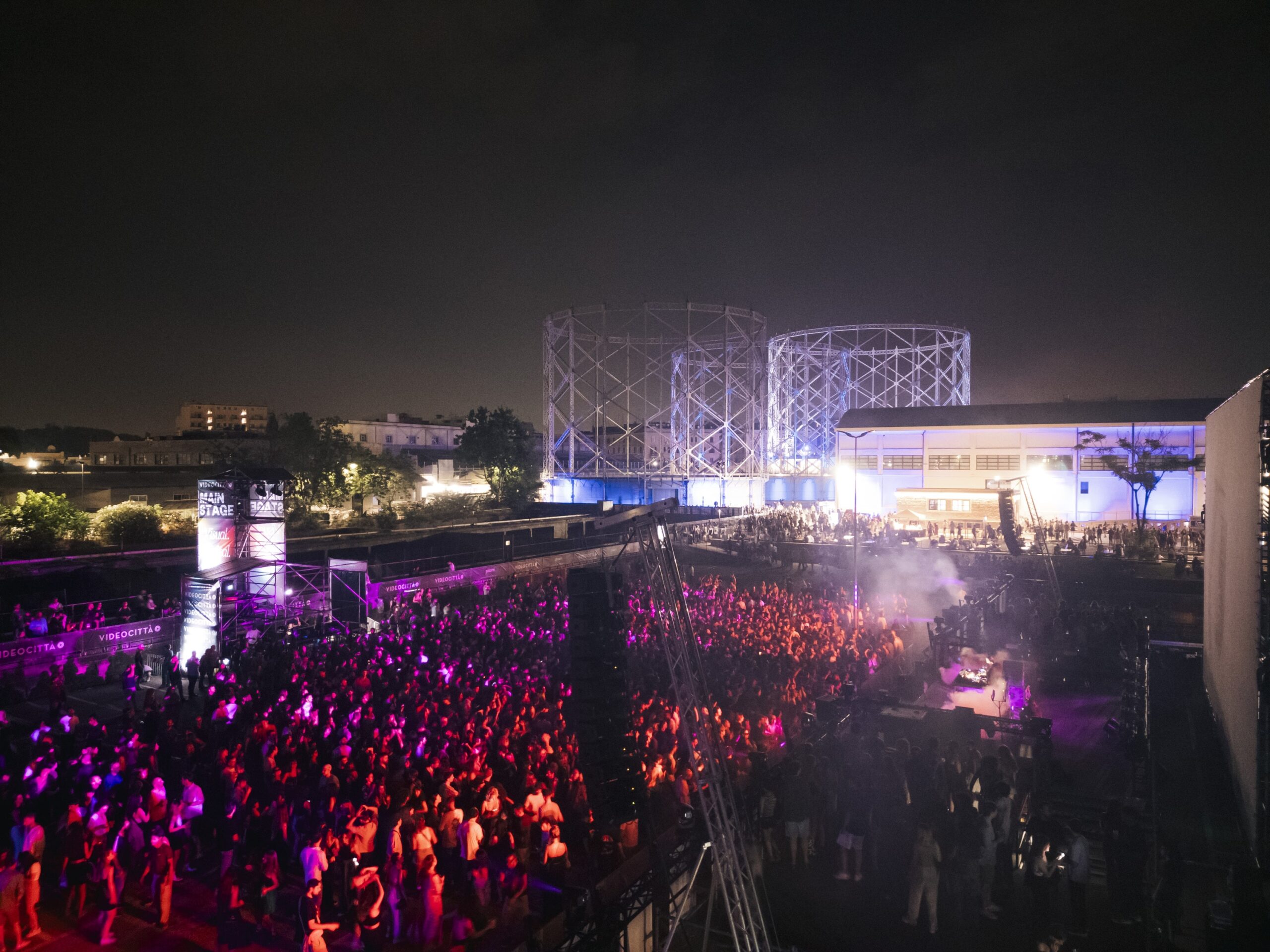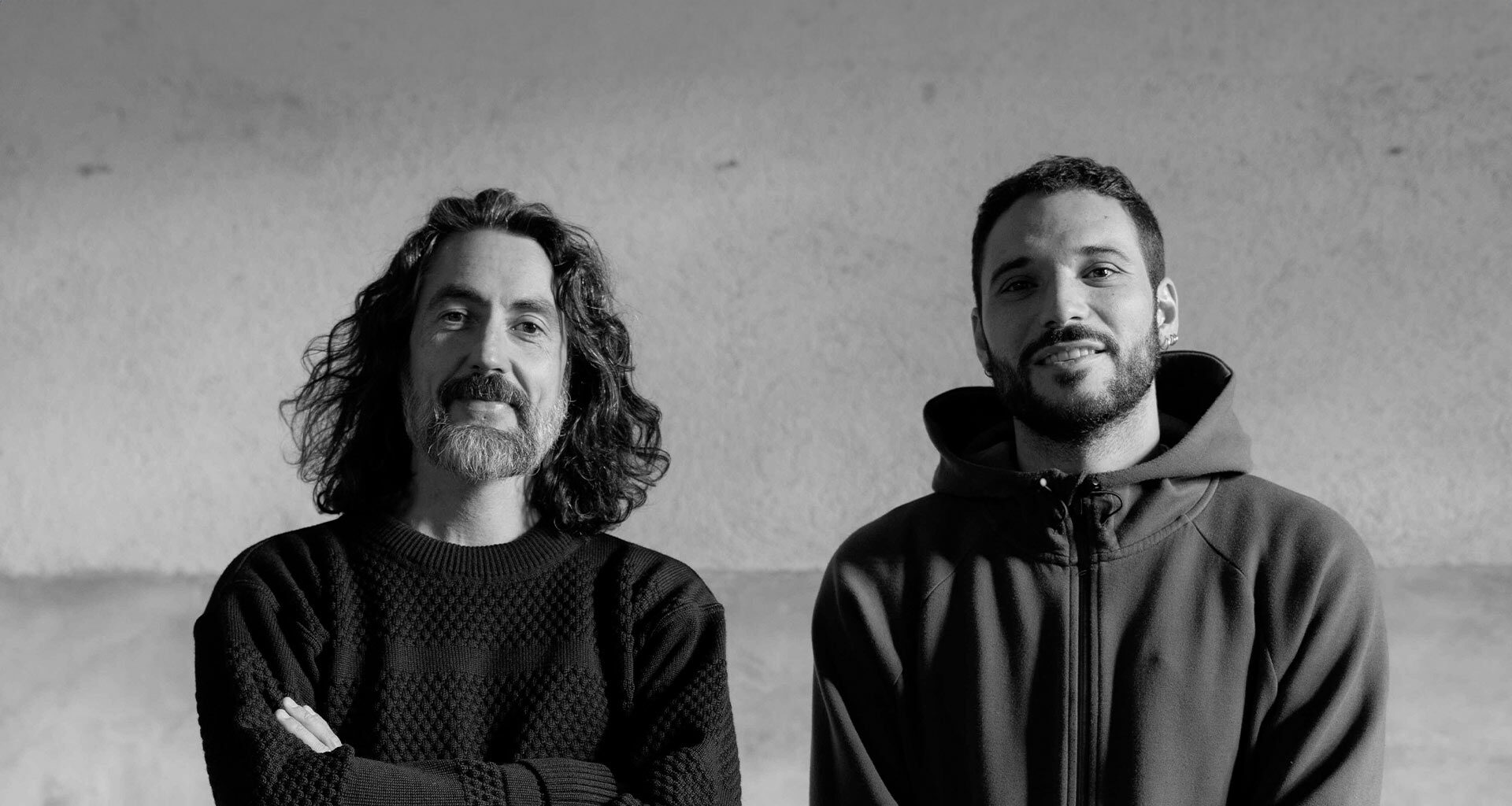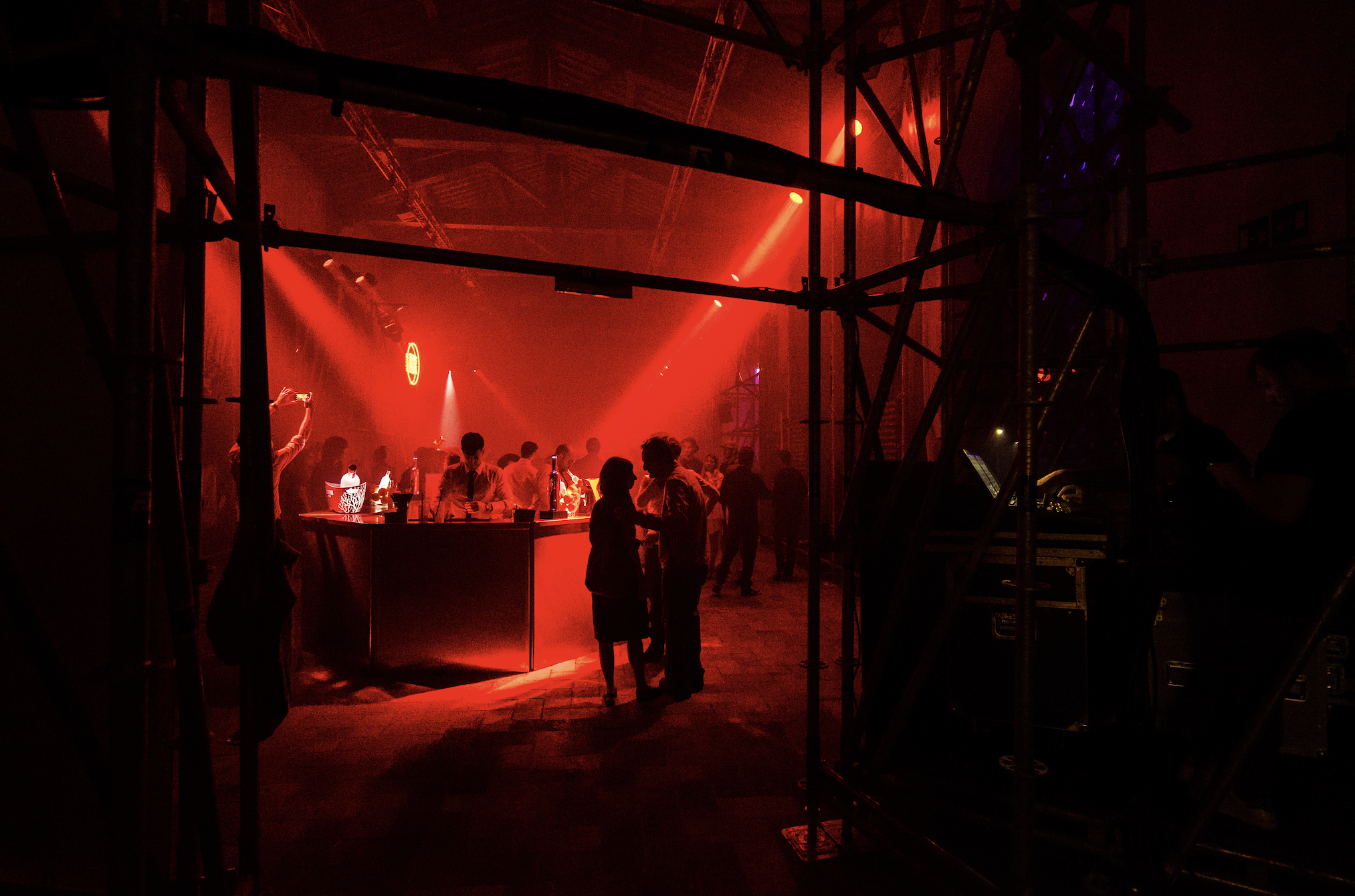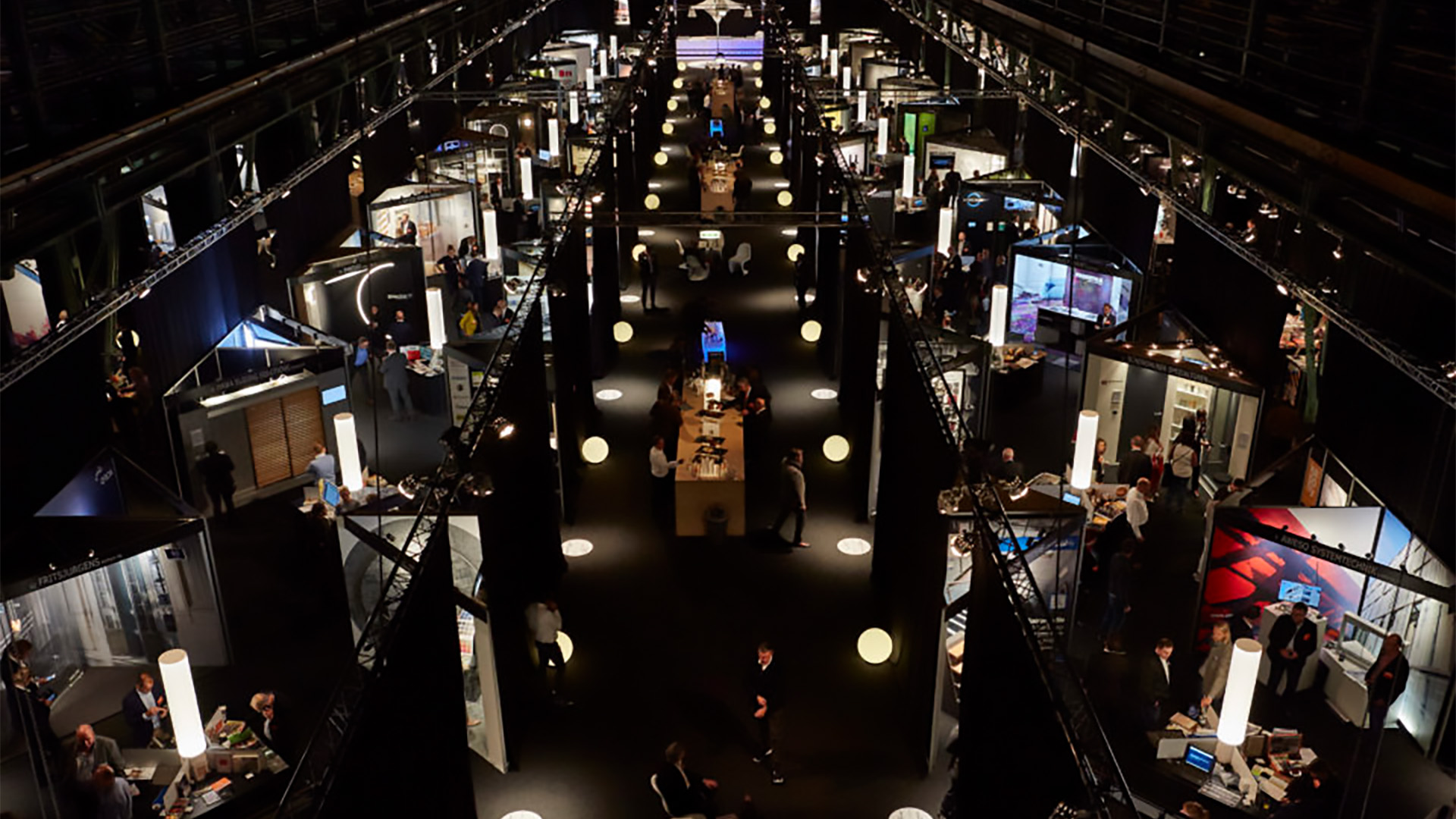Dario Argento hardly needs an introduction. A master of horror, he is one of the directors who has shaped the aesthetic grammar of the genre, captivating multiple generations of viewers. Recently, some of his films have experienced renewed interest thanks to 4K remasters of titles like Suspiria and Deep Red, bringing them back to theatres with visuals that fully restore their depth.
As a director, screenwriter, and producer, Argento initially explored genres that hadn’t been approached with such originality in Italian cinema, such as mystery and thriller. His films are influenced stylistically by overseas directors like George Romero and Italy’s own Mario Bava. Argento began his career as a film critic in his early twenties and moved into screenwriting in 1967, collaborating on Sergio Leone’s Once Upon a Time in the West among other projects.

Dario Argento’s style and his focus on Lighting
Argento made his directorial debut in 1970 with The Bird with the Crystal Plumage, the first in his so-called Animal Trilogy. Owing a great deal to Hitchcock, this series features mystery genre plots with logical narratives centred around the hunt for a killer revealed at the film’s end. This trilogy culminated with the cult classic Deep Red, marking a significant shift in his filmography by introducing elements that would define his distinctive style.
Argento’s filmmaking can be analyzed through three dimensions: technique, cinephilia, and style. His technical mastery is evident in his privileged attention to the camera, using it as an expressive tool, often achieving innovative and challenging camera movements. His love of cinema shines through in his career-long homages to directors like Sergio Leone and Alfred Hitchcock. From his earliest films, Argento has emphasized visual impact and the emotional intensity that images can convey. Despite his thrillers’ logical structures, Argento’s films “are born from images, not from a sequence of stories.”1
D. Argento, Profondo thrilling, 1994, p. 351.

Dario Argento’s use of light: “Suspiria” and Luciano Tovoli’s Colors
Deep Red was as much a turning point in Argento’s career as was Suspiria in 1977 (recently remade by Luca Guadagnino), where he fully developed elements introduced in the former. Inspired by Thomas De Quincey’s Suspiria De Profundis, “Suspiria” is the film where Argento’s style takes its definitive form, establishing him as a creator of unique worlds. From this work onward, his stories will always involve a supernatural element. Inspired by Thomas De Quincey’s book Suspiria De Profundis, the film is the first in The Three Mothers trilogy, followed by Inferno (1980) and Mother of Tears (2007). The plot revolves around the arrival of student Susy Benner at the prestigious dance academy in Freiburg, Germany. The young student encounters the esoteric soul of the school, which hosts a series of witchcraft rituals.
The formal aspects allowed Argento to create a surreal environment, thanks in part to the work of cinematographer Luciano Tovoli, who had several technical intuitions. Tovoli (who had already collaborated in the past with Antonioni, a director who considered colour to be just as important as the construction of the image), with Suspiria found himself grappling with the horror genre for the first time in his career and ensured that his expertise found an outlet in the non-naturalistic use of light and colour. Instead of using the diffuse coloured gelatines that provided static lighting, Tovoli decided to filter the light through velvet sheets, so that the colour would spread more evenly. Light and colour, in Suspiria, take on the role of emotional and narrative vehicles. The chromatic and luminous component shapes the story, accompanying the spectator into the hell that the protagonist experiences.
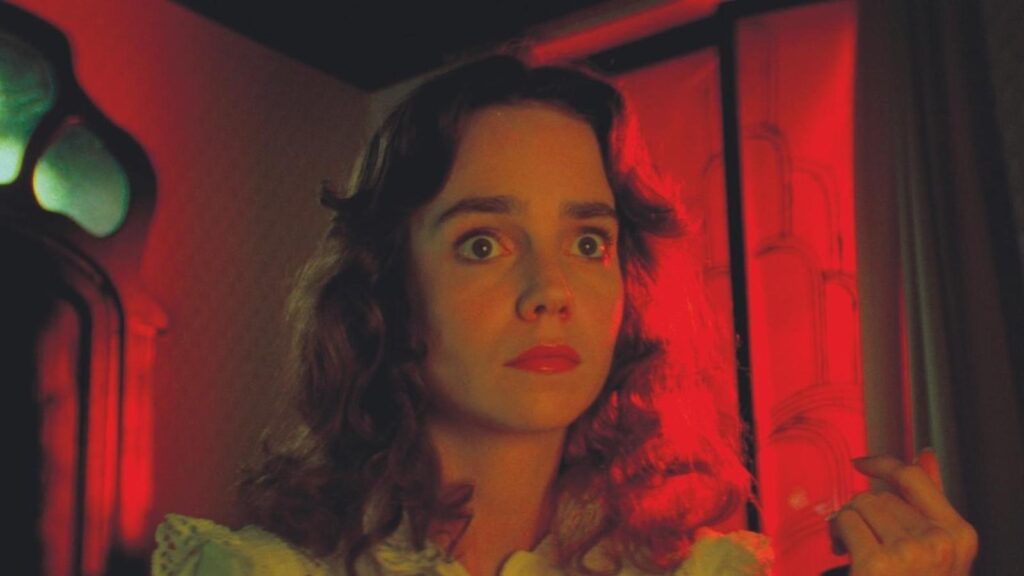
Light in Dario Argento’s Cinema
In horror cinema, light and darkness create their language, establishing a dialectic relationship. In Argento’s films, light can simultaneously reveal, threaten, or enchant. Thus, he has contributed to the genre’s grammar, making light a representation of the supernatural, revealing what inherently cannot be seen.
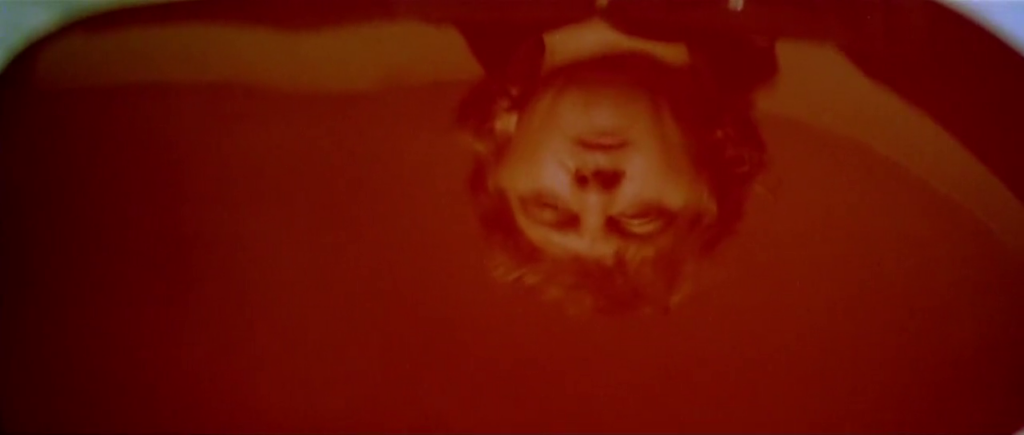
From Suspiria onward, his use of light takes on an almost poetic function, becoming an active subject within the story. In Phenomena (1985), protagonist Jennifer discovers her “special” abilities—predictive sleepwalking and telepathic communication with insects—while at a girls’ school in Zurich stalked by a mysterious serial killer. The unveiling of her magical powers is portrayed through beams of light, symbolizing a power she does not fully control.
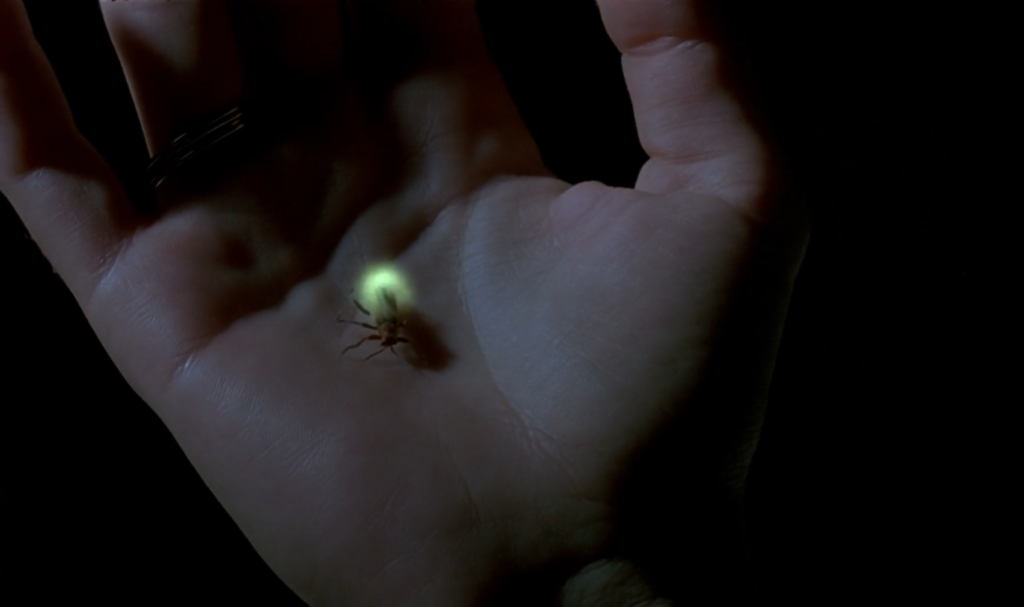
Light becomes a device, a natural element traceable back to the magic of cinema itself, which is, after all, just a beam of light projected onto a screen.
